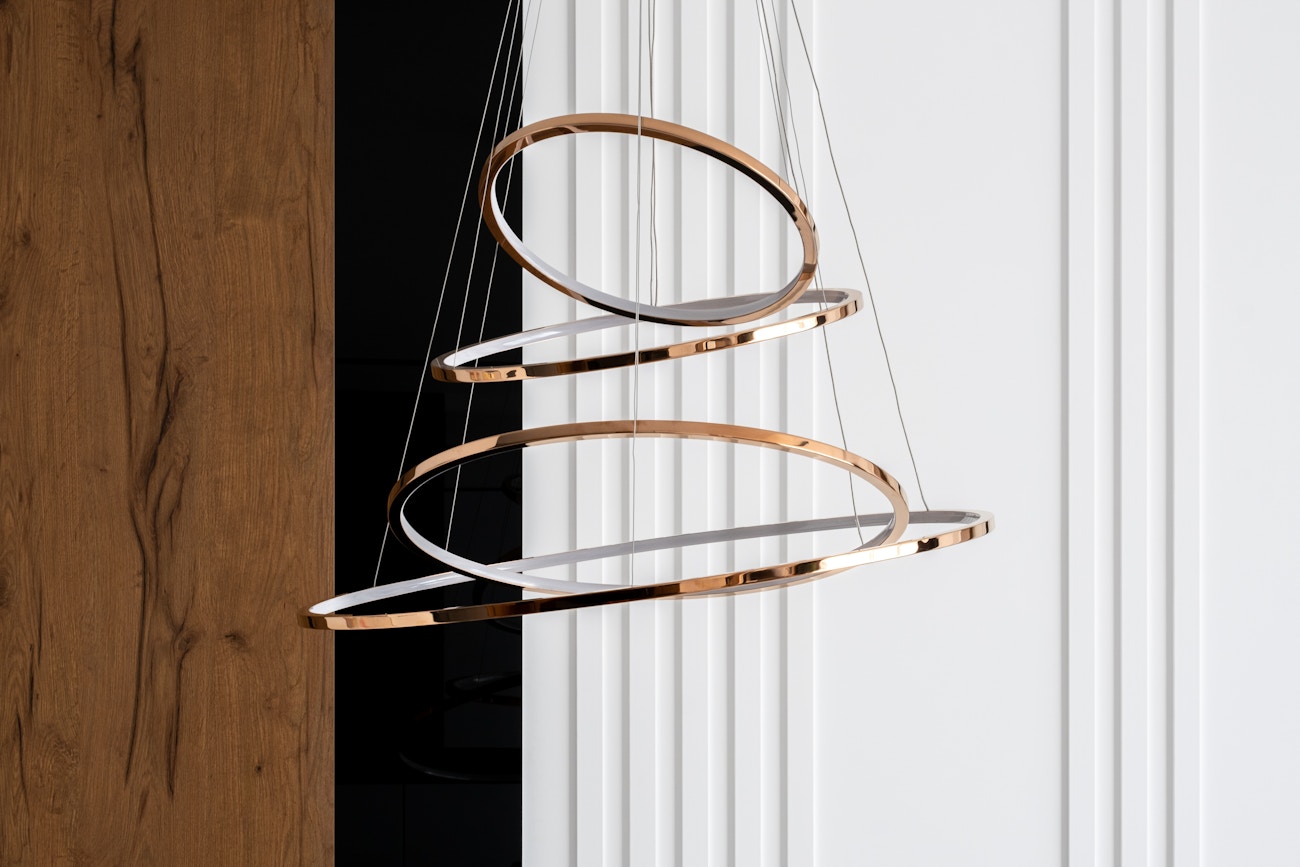
Working with a lighting designer
Hints and tips on how best to communicate with your lighting designer.
Blog

Author: Bradley Devenish
When done correctly, architectural lighting design can greatly impact an individual’s well-being. Not only can it bring positive psychological effects, but can transform a space for the greater good. On the flip side, if lighting isn't carefully considered it can negatively impact an inhabitant’s perception of space, reduce overall visibility, and hinder performance when it comes day-to-day activities.
That’s why architectural lighting designers have such responsibility in the success of a project nowadays. Things like temperature, position, layers of light, and controls to create different scenes make such an impact on the atmosphere of a building’s environment and all must be considered during the design phase.
In this article, we explain how lighting design is used to help occupants and visitors connect with their architectural environment on a deeper level.
The objective of lighting design is to provide adequate visibility for required functions and movement within a space. When it comes to architectural lighting design though, a lot more is achieved. Additional factors are taken into consideration to ensure a detailed and characteristic ambiance. These include:
In order to create a successful balance between lighting and architecture, there are three main principles designers follow. The aesthetics, function, and efficiency.
For a breakdown of each architectural lighting design principle, and to discover more on the concept of architectural lighting, take a look at one of our recent blogs, what is architectural lighting design?
We’ve mentioned the concept of architectural lighting – Aesthetics, function, and efficiency.
But what does the ‘function’ really mean?
When it comes to architectural lighting design, there are three main ways to achieve maximum functionality:
Architecturally strong environments don’t stop with functional lighting. There are various approaches designers can take to enhance the aesthetics of a space and compliment architectural features. This could include the use of lighting techniques such as:
For more information on the aesthetics side of lighting, take a look at our guide to architectural lighting design. In this article, we show successful examples of architectural lighting and explain the effects they have within a space.
With over 20 years’ experience in the lighting industry, we know first-hand that the very best lighting design solutions come from understanding a client’s goals. This ensures key functions are accommodated for within each space, and helps lighting designers like us visualise a concept, think about technical solutions and explore energy efficiency.
If you’d like to learn more about architectural lighting design, or would like to find out how Hampshire Light could transform your space using techniques mentioned above, contact us today and book your complimentary design consultation. We’d love to hear from you.
Hints and tips on how best to communicate with your lighting designer.
More info
With the worlds ever-growing concern for the health of our environment, many households and businesses have turned towards new lighting technology as a way to help combat global warming. While the problem does not stem from light bulbs themselves, smarter decisions can be made to help reduce the amount of electricity being used and therefore CO2 being produced.
More info